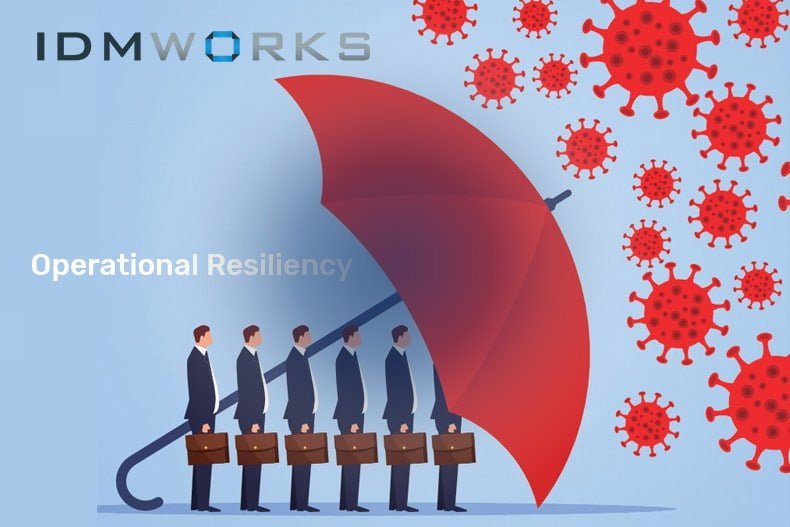Does your company take information security seriously? We hope the answer is yes because no company can afford to ignore the law and the legal risks associated with inadequate information protection programs.
An effective vulnerability management program is an essential part of your information security handbook. Vulnerability management is defined as the process of identifying, classifying, reducing, and eliminating identified problems in information system tools. Vulnerabilities can occur in many different places in the information technology function, including the network, operating system, database, application, policy, or the employee level of an organization. You can also take advantage of well-managed vulnerability management via https://www.idmworks.com/vulnerability-analysis-operational-resilience/.

The primary step to getting started is an information security policy being established, which lays the foundation for the desired security state of the organization. This baseline contains the high-level principles followed for maintaining effective security and protecting critical information assets. The key elements that will be defined at this stage include ownership of IT resources, risk classification techniques, privacy policies, and mechanisms.
The information security policy is then used to perform a basic check of the actual desired status of the entire IT environment. This assessment shall be carried out by a qualified information system administrator or auditor for the respective technology platform. After completing the audit, all identified weak points should be summarized in the company's weak points matrix.
The priority of the identified vulnerabilities is the next step in this process. This process is best accomplished by assembling a skilled team of security, risk assessment, and system administration resources. The integrated team is in the best position to assess and prioritize identified issues so that limited company resources can be used to minimize risks to the company.
The priority vulnerabilities are then monitored until they are corrected by those responsible for the correction. It is important to understand why a vulnerability exists during this process for permanent bandwidth correction to be applied. Root cause analysis is the process that should be used to determine the "why" of the situation and implement more sustainable solutions.